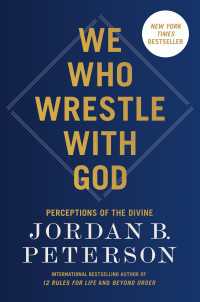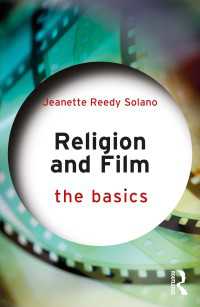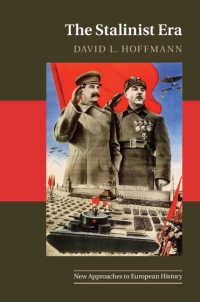Description
The East India Company, founded in London in 1600, was the world's biggest trading organization until the twentieth century. It was originally a spice trading organization, and its existence was precarious in its early years. But its governors soon began to think bigger. A decade after its foundation, they started to plan voyages to more adventurous places, notably Japan. Japan had silver, was cold in winter, and had no sheep, so was a perfect market for England'smain export, woollen cloth. The Company planned to add to its spice-runs, sailing back and forth to Japan, exchanging wool for silver. This could be done quickly and easily, over the top of Russia - or so the maps of the day suggested (these same maps also showed Japan twenty times too large, about thesize of India).Knowing the Spanish and Portuguese had got there before them, the Company prepared a special present to impress and win over their Japanese hosts. They chose as their first gift a silver telescope. The expedition carrying the telescope departed in 1611, and the Shogun was finally presented with the telescope in the name of King James I in 1613. It was the first telescope ever to leave Europe, and the first made as a presentation item. Before this voyage had even returned, the Company haddispatched another with an equally stunning cargo: nearly a hundred oil paintings.This is the story of these two extraordinary cargoes: what they meant for the fortunes of the Company, what the choice of them says about the seventeenth century England from which they came, and what effect they had on the quizzical Asian rulers to whom they were given.






